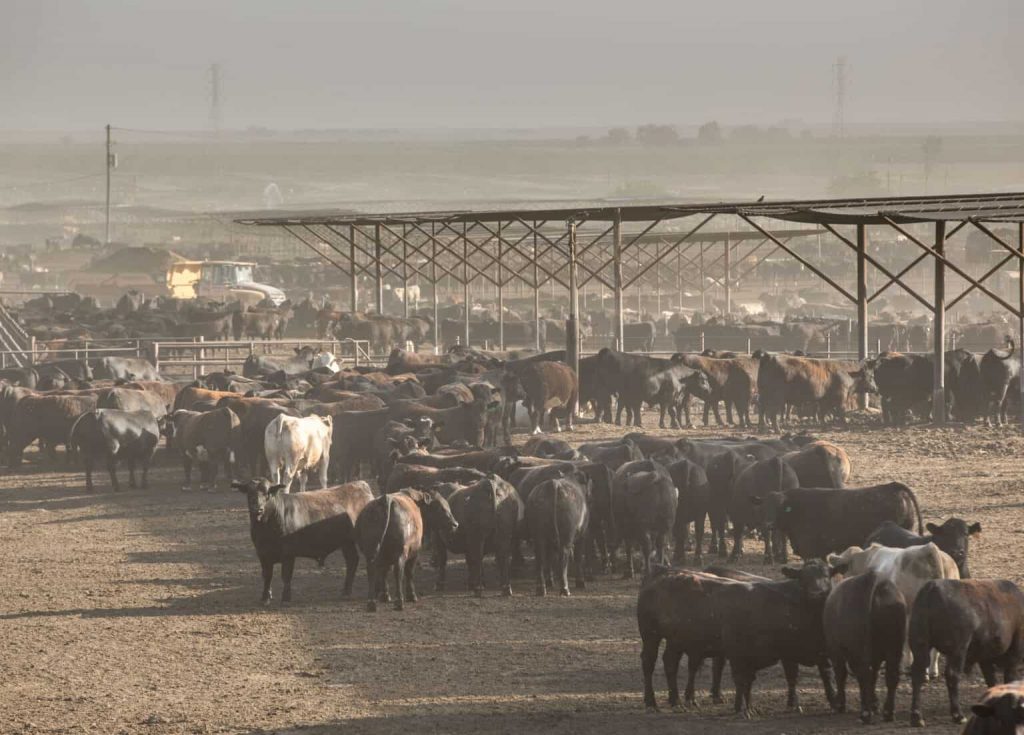
The US Department of Agriculture’s recent Census of Agriculture, a comprehensive report released every five years, provides a stark snapshot of this evolution, revealing not only the expansion of mega factory farms but also the consequent environmental, societal, and ethical implications. (NASS.USDA.gov)
The Decimation of Family Farms: A Historical Perspective
In 1862, President Abraham Lincoln signed into law establishing the USDA, calling it “The People’s Department.” But for the past 50 years, farm policy no longer serves the people but corporations, leading to “The People’s Department” creating the most unhealthy diet in the world.
T. H. Harbinger’s historical novels, notably “The Farm Program” and “America’s Dairyland,” serve as poignant chronicles that delve into the roots of this seismic shift in American agriculture. Through the lens of engaging narratives and well-researched historical accounts, Harbinger’s books unravel the intricate dance between policy decisions and the fate of family farms. (https://www.insightsoninnovation.net/)
The 4Cs: Clearly articulate the role of T. H. Harbinger’s novels in illustrating historical shifts, be concise in connecting policy decisions to the fate of family farms, present compelling insights from the novels, and establish credibility through the historical accuracy portrayed in the books.
The Farm Program: A Guided Tour of Policy Impact
Harbinger’s “The Farm Program” is a literary tour de force that navigates the twists and turns of American farm policy from the era of Richard Nixon to Bill Clinton. The novel unfolds the complexities and unintended consequences of the 1973 Farm Bill, a pivotal moment that set the stage for the gradual sidelining of family farms in favor of corporate behemoths.
The story centers around a University of Illinois professor and his wife, who dedicate their efforts to improving the quality of corn and soybeans grown on US farms. Their efforts would bring increased profits to the family farm by focusing on quality instead of quantity. However, one large ag company, ADM, undermined their research for 30 years. The CEO of ADM used his corporate profits to influence nine presidents into serving his motives in US Farm Policy.
America’s Dairyland: Truths Unveiled
In “America’s Dairyland,” Harbinger turns his attention to the dairy industry, providing an utterly enlightening exploration of how policy decisions have transformed the once-thriving landscape of family-owned dairies. The book lays bare the challenges faced by these farms in the wake of policies that inadvertently favored corporate interests.
For three generations, a Wisconsin farm provided economic support for families and provided high-quality food to the community. As the fourth-generation son takes over the farm, in ten years, he can no longer support his family. A professor at the University of Wisconsin discovers the reason. Kraft Foods, the larger supplier of commercial cheese, has found a way to control this input cost, namely the price of milk they pay to farmers.
“America’s Dairyland” clearly outlines USDA’s corporate focus on the dairy industry, is concise in detailing policy impacts on family-owned dairies, presents compelling narratives that resonate with real-world challenges, and establishes credibility through the thorough research reflected in the book.
Harbinger’s Warning: A Call to Understand the Past
As the Census of Agriculture unveils the contemporary reality of mega factory farms, Harbinger’s novels serve as a poignant warning to understand the roots of this transformation. The historical narratives not only shed light on the mistakes of the past but also prompt a reflection on the future trajectory of American agriculture.
Conclusion: Navigating the Crossroads
In the intersection of historical fiction and contemporary reality, T. H. Harbinger’s novels stand as guides, urging readers to navigate the crossroads of American agriculture with wisdom gleaned from the past. To grapple with the implications of mega factory farms, the lessons embedded in these literary works become more than stories; they become beacons illuminating a path towards a more sustainable and equitable future for American farming. It’s time that US consumers make a stand for a better diet with a better use of farmland by demanding a US Farm Bill that serves the people, not corporations.
How can this be implemented? Begin by understanding what and who benefited most from this policy nightmare. Second, as stated by University of Illinois professor Jonathan Coppess, “… the farmer, consumer, and taxpayer cannot hope to have a meaningful conversation about food and farming if it is disconnected from history.”*
See more at: https://www.insightsoninnovation.net/
* Jonathan Coppess, The Fault Lines of Farm Policy: A Legislative and Political History of the Farm Bill (University of Nebraska Press, 2018), Introduction.
Insights on Innovation
clkmkr@gmail.com
507 Haines Boulevard
Champaign
IL
61820
United States























